“The Daffodils”
| I wandered lonely as a cloud That floats on high o'er vales and hills, When all at once I saw a crowd, A host of golden daffodils; Beside the lake, beneath the trees, Fluttering and dancing in the breeze. Continuous as the stars that shine and twinkle on the Milky Way, They stretched in never-ending line along the margin of a bay: Ten thousand saw I at a glance, tossing their heads in sprightly dance. The waves beside them danced; but they Out-did the sparkling waves in glee: A poet could not be but gay, in such a jocund company: I gazed—and gazed—but little thought what wealth the show to me had brought: For oft, when on my couch I lie In vacant or in pensive mood, They flash upon that inward eye Which is the bliss of solitude; And then my heart with pleasure fills, And dances with the daffodils. William Wordsworth |
Monsignor Ryan’s Reflections on “The Daffodils”
A brief summary of the poem’s composition might be useful by way of introduction.
On the 15th of April 1802, Wordsworth and his sister Dorothy were walking around the Glencoyne Bay in Ullswater when they came upon, “a long belt of daffodils”. As Dorothy put it so memorably in her journal,
“We saw a few daffodils close to the waterside, we fancied that the lake had floated the seed ashore and that that the little colony had so sprung up. But as we went along there were more and yet more and at last under the boughs of the trees, we saw that there was a long belt of them along the shore about the breadth of a country turnpike road. I never saw daffodils so beautiful. They grew among the mossy stones, some rested their heads against these stones as on a pillow for weariness and the rest tossed and reeled and danced and seemed as if they laughed in the wind that blew them over the lake.”
The influence of this passage from Dorothy’s journal can be seen in Wordsworth’s poem.
“Daffodils” first appeared in print in 1807 and at first to negative reviews. But the poem has in many ways become William Wordsworth’s defining work. It neatly reflects “Romanticism” and its core ideas, the relationship between man and the natural word, the solitariness of the individual and the almost religious awe that nature inspires. The plain language that Wordsworth used in this poem is the language of the ordinary man. Yet effects can be subtle. These daffodils contain much significance. These are simply a few of my own thoughts on this much loved and era-defining poem.
A brief summary of the poem’s composition might be useful by way of introduction.
On the 15th of April 1802, Wordsworth and his sister Dorothy were walking around the Glencoyne Bay in Ullswater when they came upon, “a long belt of daffodils”. As Dorothy put it so memorably in her journal,
“We saw a few daffodils close to the waterside, we fancied that the lake had floated the seed ashore and that that the little colony had so sprung up. But as we went along there were more and yet more and at last under the boughs of the trees, we saw that there was a long belt of them along the shore about the breadth of a country turnpike road. I never saw daffodils so beautiful. They grew among the mossy stones, some rested their heads against these stones as on a pillow for weariness and the rest tossed and reeled and danced and seemed as if they laughed in the wind that blew them over the lake.”
The influence of this passage from Dorothy’s journal can be seen in Wordsworth’s poem.
“Daffodils” first appeared in print in 1807 and at first to negative reviews. But the poem has in many ways become William Wordsworth’s defining work. It neatly reflects “Romanticism” and its core ideas, the relationship between man and the natural word, the solitariness of the individual and the almost religious awe that nature inspires. The plain language that Wordsworth used in this poem is the language of the ordinary man. Yet effects can be subtle. These daffodils contain much significance. These are simply a few of my own thoughts on this much loved and era-defining poem.
William Wordsworth 1770 – 1850
William Wordsworth was born on April 7, 1770, in Cockermouth, Cumberland, England. Wordsworth’s mother died when he was 7, and he was an orphan at 13. Despite these losses, he did well at Hawkshead Grammar School where he wrote his first poetry and went on to study at Cambridge University. He did not excel there, but managed to graduate in 1791.
Wordsworth had visited France in 1790, in the midst of the French Revolution and was a supporter of the new government’s republican ideals. On a return trip to France the next year, he fell in love with Annette Vallon, who became pregnant. However, the declaration of war between England and France in 1793 separated the two. Left adrift and without income in England, Wordsworth was influenced by radicals such as William Godwin.
In 1795, Wordsworth received an inheritance that allowed him to live with his younger sister, Dorothy. That same year, Wordsworth met Samuel Taylor Coleridge. The two became friends, and together worked on Lyrical Ballads (1798). The volume contained poems such as Coleridge's "Rime of the Ancient Mariner" and Wordsworth's "Tintern Abbey," and helped Romanticism take hold in English poetry.
Often known simply as “Daffodils” or “The Daffodils” William Wordsworth’s lyric poem begins “I wandered lonely as a cloud” is, in many ways, the quintessential English Romantic poem. Its theme is the relationship between the individual and the natural.
William Wordsworth was born on April 7, 1770, in Cockermouth, Cumberland, England. Wordsworth’s mother died when he was 7, and he was an orphan at 13. Despite these losses, he did well at Hawkshead Grammar School where he wrote his first poetry and went on to study at Cambridge University. He did not excel there, but managed to graduate in 1791.
Wordsworth had visited France in 1790, in the midst of the French Revolution and was a supporter of the new government’s republican ideals. On a return trip to France the next year, he fell in love with Annette Vallon, who became pregnant. However, the declaration of war between England and France in 1793 separated the two. Left adrift and without income in England, Wordsworth was influenced by radicals such as William Godwin.
In 1795, Wordsworth received an inheritance that allowed him to live with his younger sister, Dorothy. That same year, Wordsworth met Samuel Taylor Coleridge. The two became friends, and together worked on Lyrical Ballads (1798). The volume contained poems such as Coleridge's "Rime of the Ancient Mariner" and Wordsworth's "Tintern Abbey," and helped Romanticism take hold in English poetry.
Often known simply as “Daffodils” or “The Daffodils” William Wordsworth’s lyric poem begins “I wandered lonely as a cloud” is, in many ways, the quintessential English Romantic poem. Its theme is the relationship between the individual and the natural.
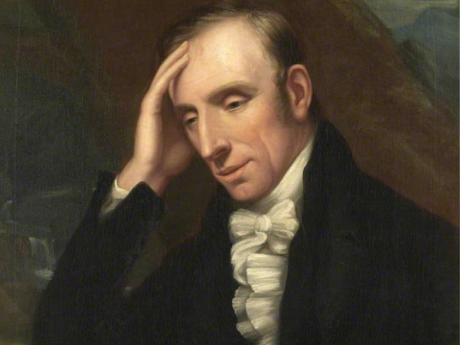
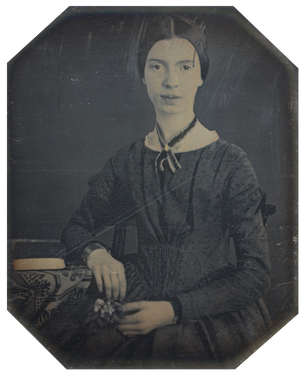

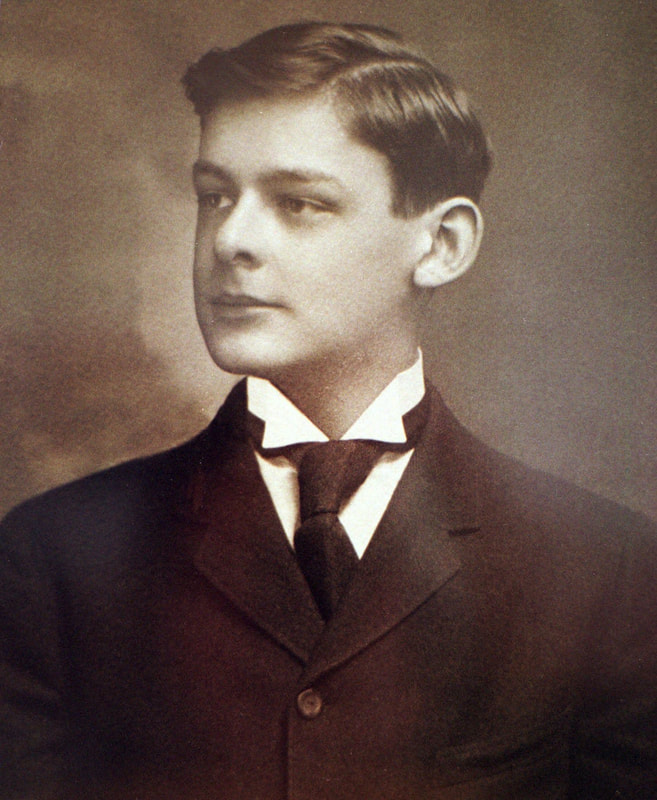
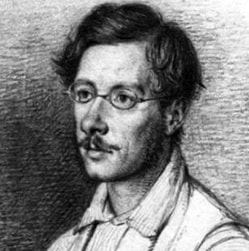
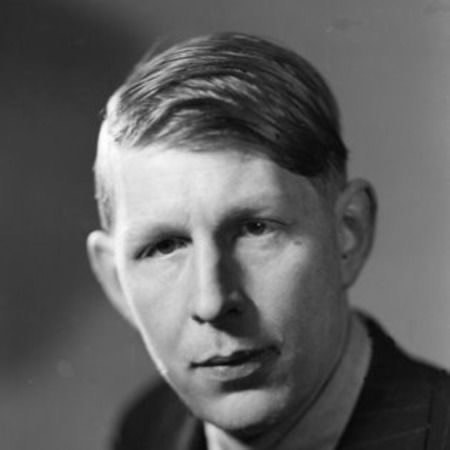
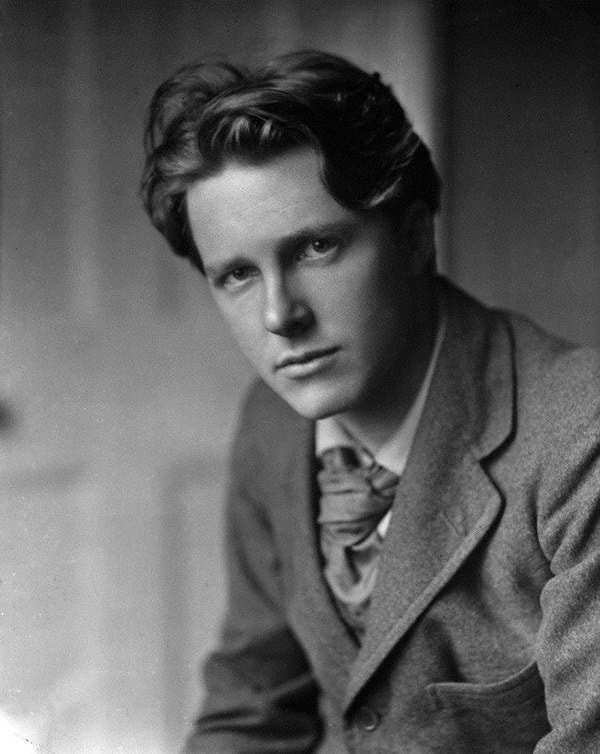
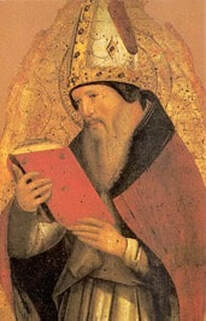
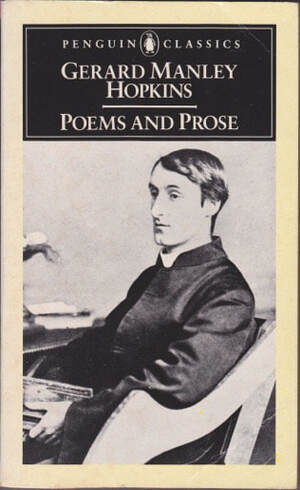
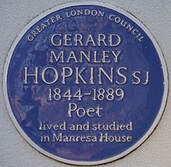
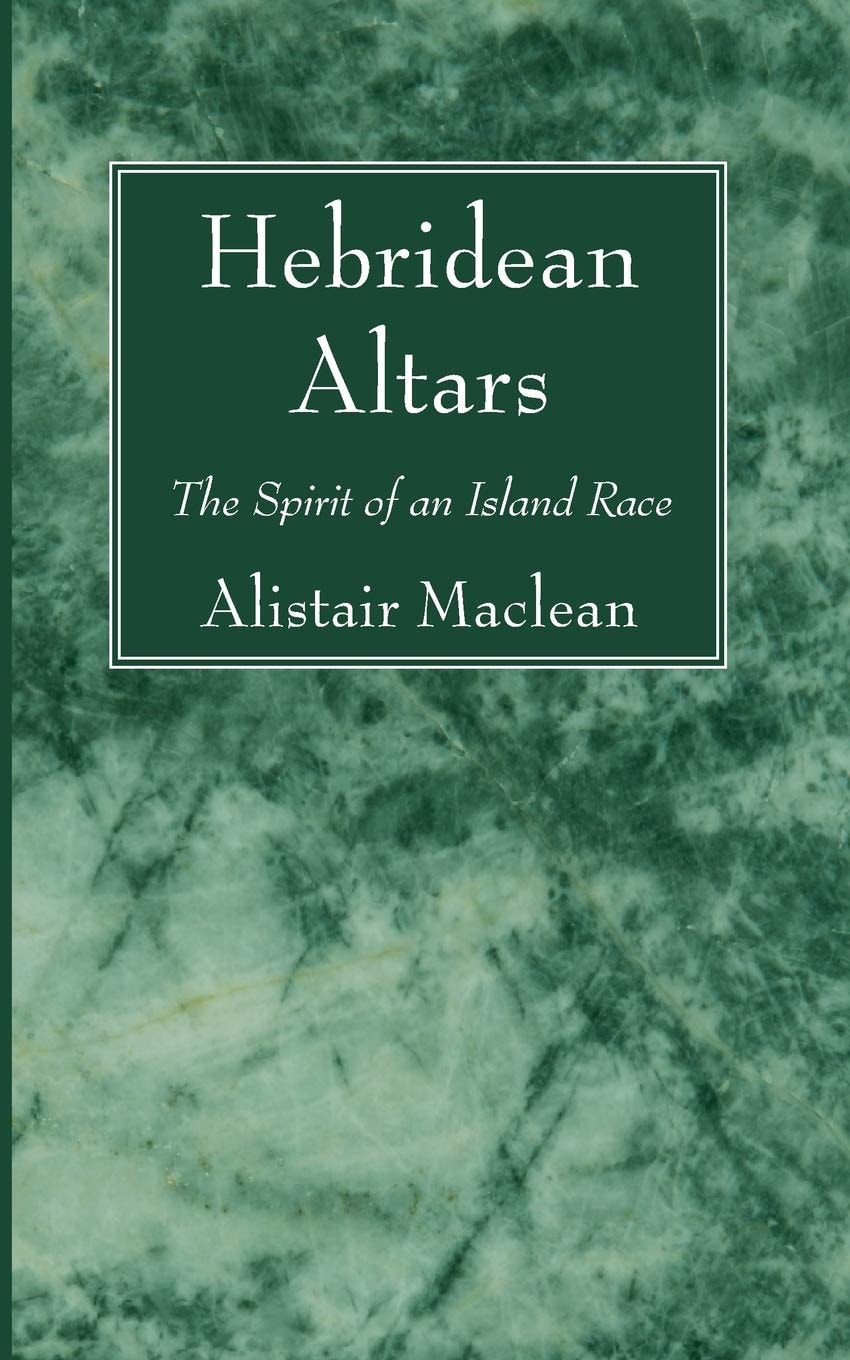
 RSS Feed
RSS Feed